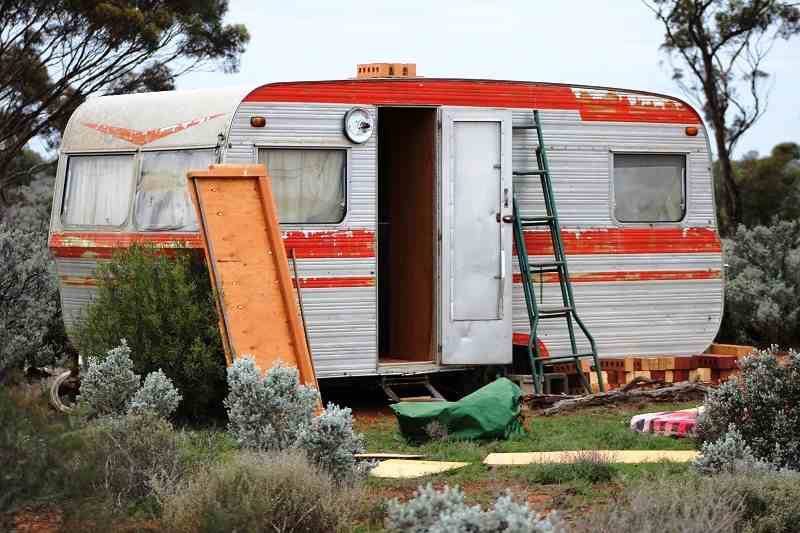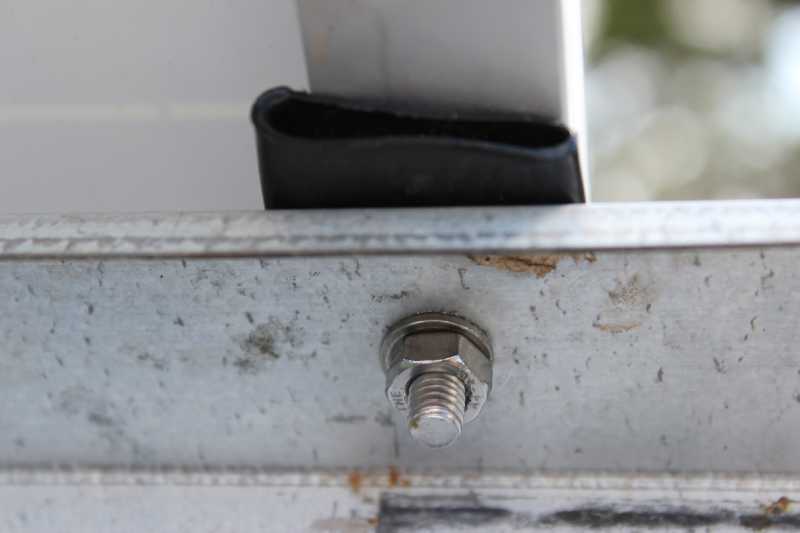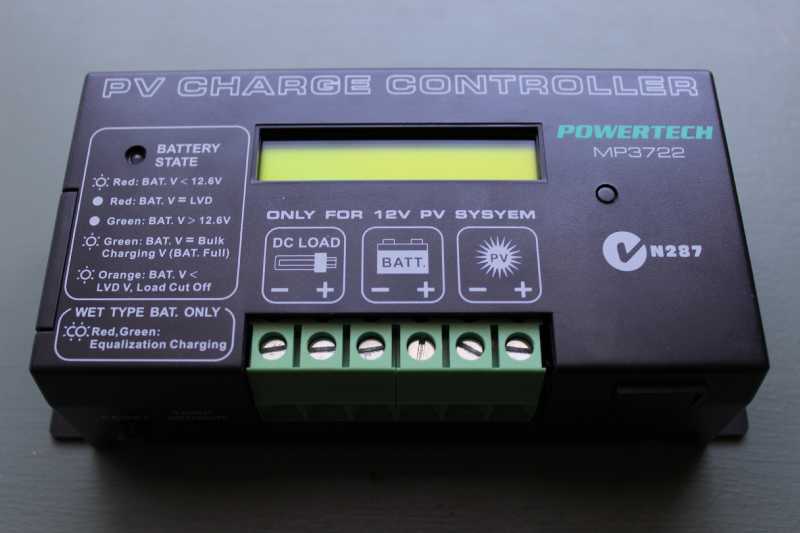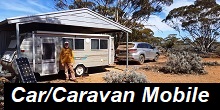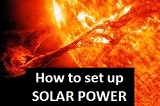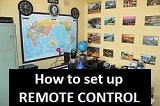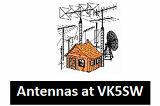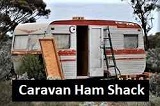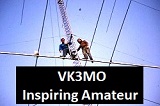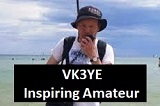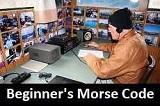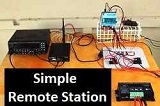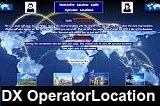|
The following two images show the caravan before work was started to repair it.
|
|
This image shows the compressed irrigation hose and stainless steel nut, bolt and spring washer.
|
|
The completed operating position.
It has been a good experience to repair this old and neglected caravan and to give it a new lease of life. Solar power is affordable, portable, clean, quiet and able to be used in all kinds of places such as here in the Australian Bush. If you would like more information about setting up a solar powered Amateur Radio station, you may like to view the 'Solar Power' page which is shown on my website below. |



